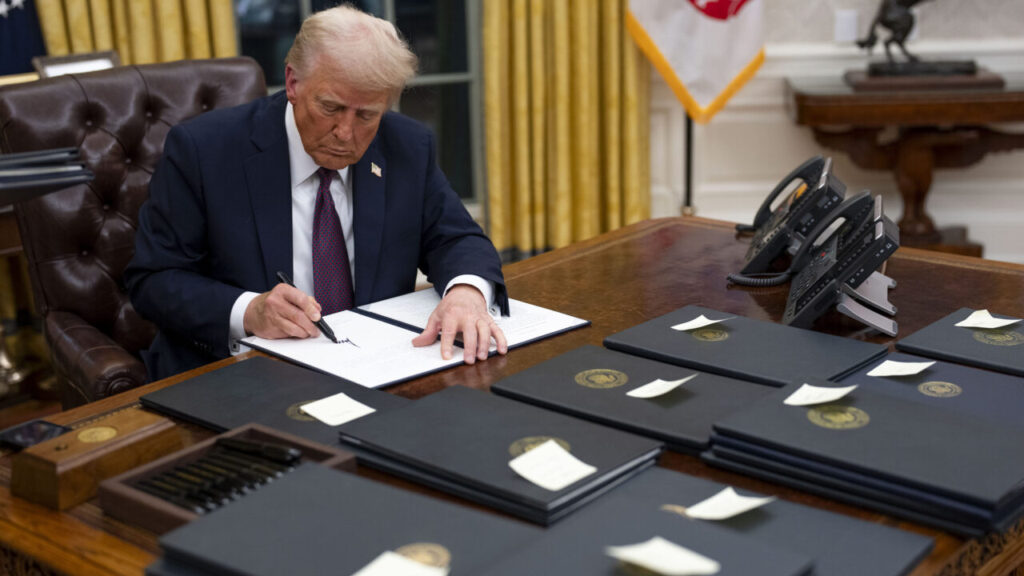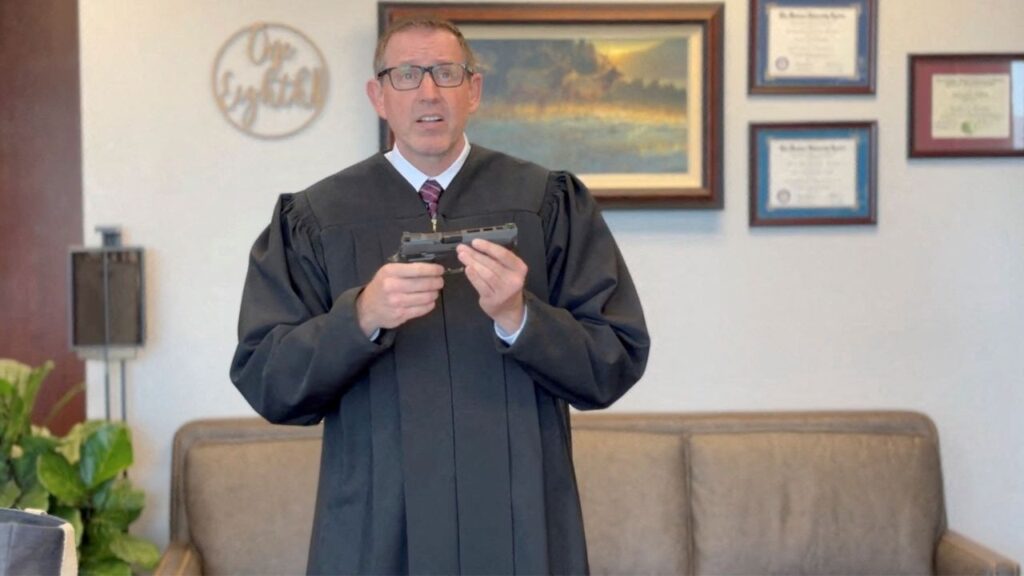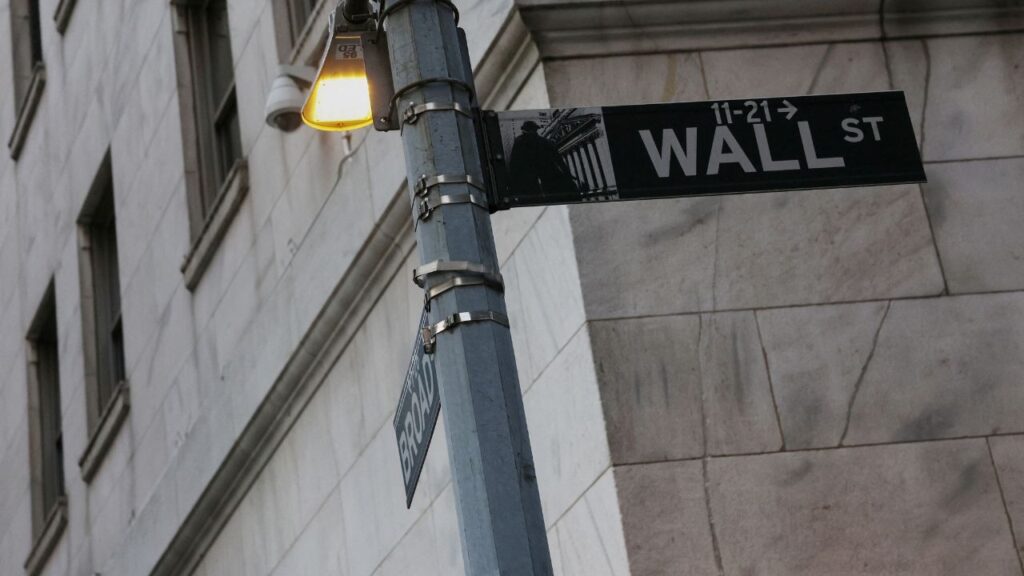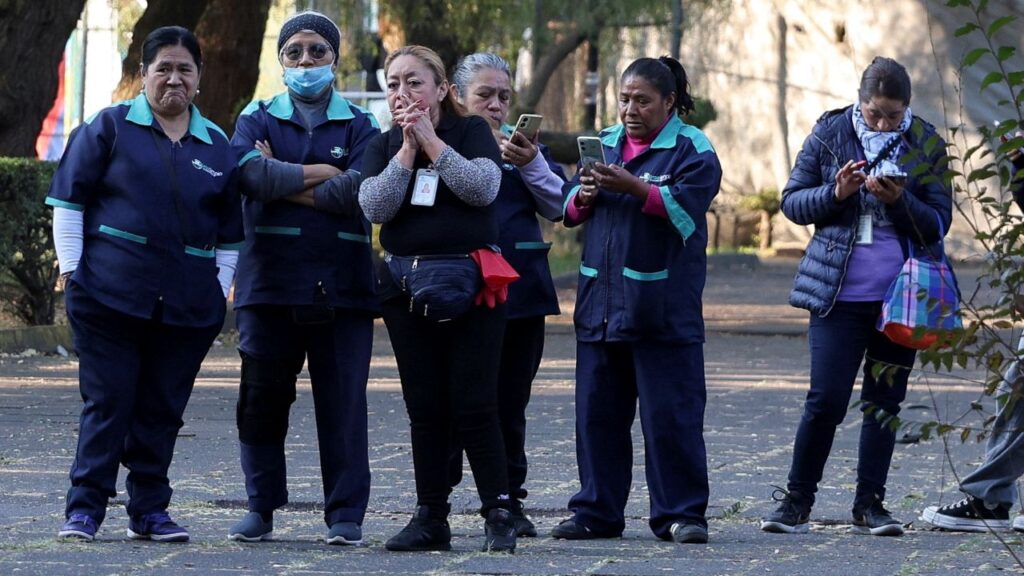Share
WASHINGTON — President Donald Trump inched closer to his long-teased major White House shake-up Friday, gearing up for the twin challenges of battling for re-election and dealing with the Democrats’ investigations once they take control of the House. The biggest piece of the shifting picture: Chief of Staff John Kelly’s departure now appears certain.
Trump announced he was picking a new U.S. attorney general and a new ambassador to the U.N., and at the same time two senior aides departed the White House to beef up his 2020 campaign. But the largest changes were still to come. Kelly’s replacement in the coming weeks is expected to have a ripple effect throughout the administration.
According to nearly a dozen current and former administration officials and outside confidants, Trump is nearly ready to replace Kelly and has even begun telling people to contact the man long viewed as his likely successor.
“Give Nick a call,” Trump has instructed people, referring to Vice President Mike Pence’s chief of staff Nick Ayers, according to one person familiar with the discussions.
Like all of those interviewed, the person spoke on condition of anonymity to discuss sensitive personnel matters.
Weighing Changes Over Past Several Months
Trump has hardly been shy about his dissatisfaction with the team he has chosen, and has been weighing all sorts of changes over the past several months. He delayed some of the biggest until after the November elections at the urging of aides who worried that adding to his already-record turnover just before the voting would harm his party’s electoral chances.
He announced Friday that he’ll nominate William Barr, who served as attorney general under President George H.W. Bush, to the same role in his administration. If confirmed, Barr will fill the slot vacated by Jeff Sessions, who was unceremoniously jettisoned by Trump last month over lingering resentment for recusing himself from overseeing special counsel Robert Mueller’s Trump-Russia investigation.
Sessions was exiled less than 24 hours after polls closed. But Trump’s broader efforts to reshape his inner circle have been on hold, leading to a sense of near-paralysis in the building, with people unsure of what to do.
Trump also announced that State Department spokeswoman Heather Nauert is his pick to replace Nikki Haley as the next U.S. ambassador to the United Nations, and he said he’d have another announcement Saturday about the military’s top brass.
All this came the same day that Trump’s re-election campaign announced that two veterans of the president’s 2016 campaign, White House political director Bill Stepien and Justin Clark, the director of the office of public liaison, were leaving the administration to work on Trump’s re-election campaign.

Trump-Kelly Relationship Strained for Months
“Now is the best opportunity to be laser-focused on further building out the political infrastructure that will support victory for President Trump and the GOP in 2020,” campaign manager Brad Parscale said in a statement.
Kelly was not at the White House Friday, but was expected to attend an East Room dinner with the president and senior staff.
Ayers, who is a seasoned campaign veteran despite his relative youth — he’s just 36 — has the backing of Ivanka Trump and Jared Kushner, the president’s daughter and son-in-law and senior advisers, for the new role, according to White House officials. But Ayers has also faced some resistance. During Trump’s flight home from a recent trip to Paris, some aides aboard Air Force One tried to convince the president that Ayers was the wrong person for the job, according to two people familiar with the matter.
Trump and Kelly’s relationship has been strained for months — with Kelly on the verge of resignation and Trump nearly firing him several times. But each time the two have decided to make amends, even as Kelly’s influence has waned.
Kelly, a retired Marine Corps four-star general, was tapped by Trump in August 2017 to try to normalize a White House that had been riven by infighting. And he had early successes, including ending an open-door Oval Office policy that had been compared to New York’s Grand Central Station and instituting a more rigorous policy process to try to prevent staffers from going directly to Trump.
Working for Trump Hard on Kelly
But those efforts also miffed the president and some of his most influential outside allies, who had grown accustomed to unimpeded access. And his handling of domestic violence accusations against the former White House staff secretary also caused consternation, especially among lower-level White House staffers, who believed Kelly had lied to them about when he found out about the allegations.
White House political director Bill Stepien and Justin Clark, the director of the office of public liaison, are leaving the administration to work on President Donald Trump’s re-election campaign. Both are veterans of Trump’s 2016 operation.
The White House staff moves, announced Friday, come as Trump’s political focus is shifting toward 2020 and in anticipation of a more partisan environment in Washington once Democrats take control of the House in January.
Trump’s campaign manager, Brad Parscale, said in a statement that Stepien and Clark will work on “building out the political infrastructure that will support victory for President Trump and the GOP in 2020.”
Stepien oversaw Trump’s midterm campaign push, which included a series of rallies intended to help limit GOP losses. Republicans kept control of the Senate after last month’s election, but lost their House majority, setting up a challenging two years for Trump under a divided Congress.
Clark joined the Trump campaign during the 2016 primaries, serving as deputy political director. Stepien, a former top aide to former New Jersey Gov. Chris Christie, signed on during the general election as national field director.
Categories

Wall Street Ends Mixed at the Top of the New Year

















